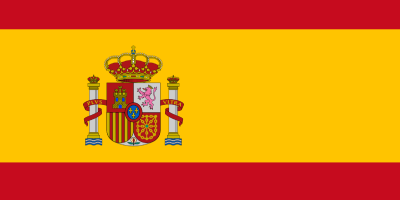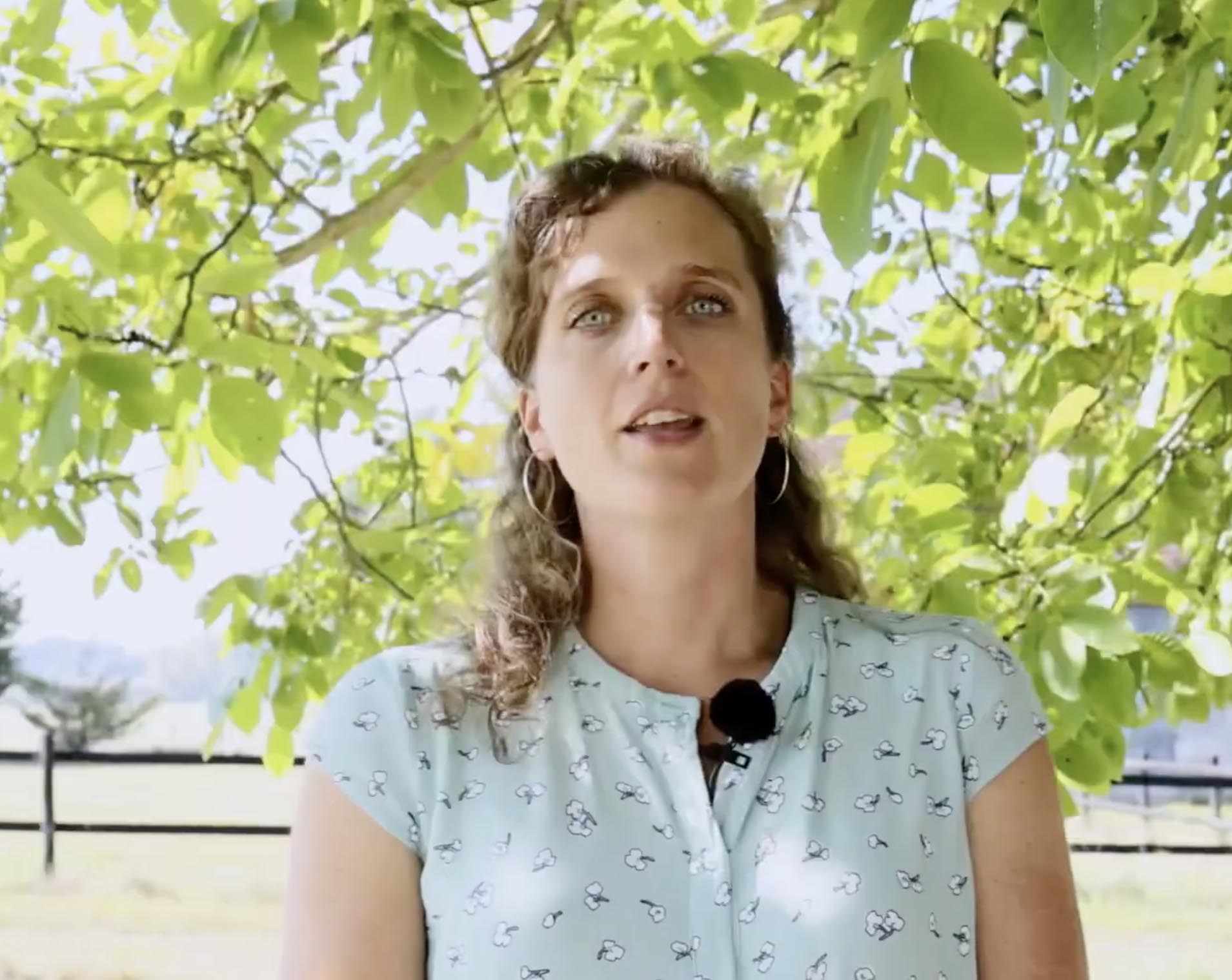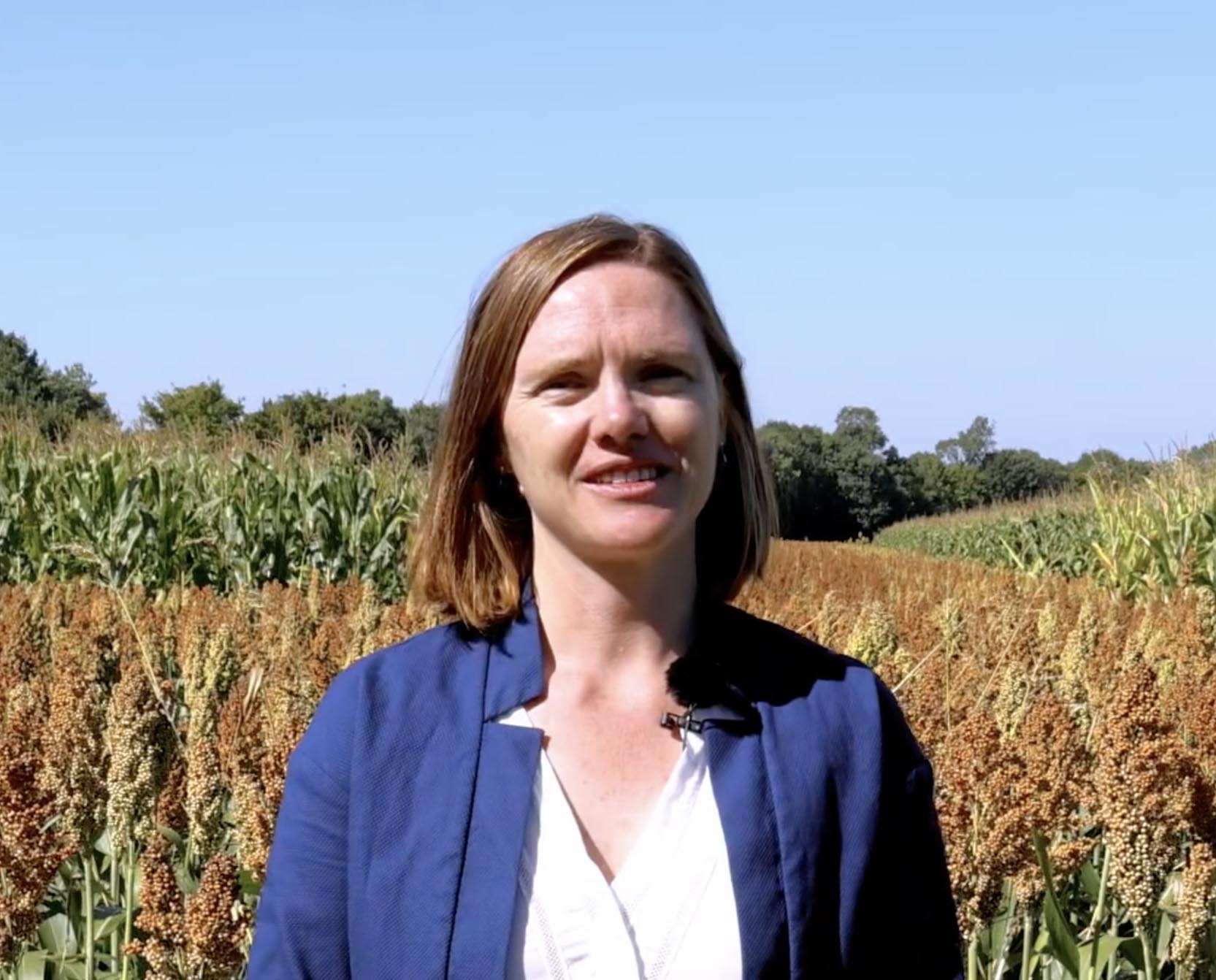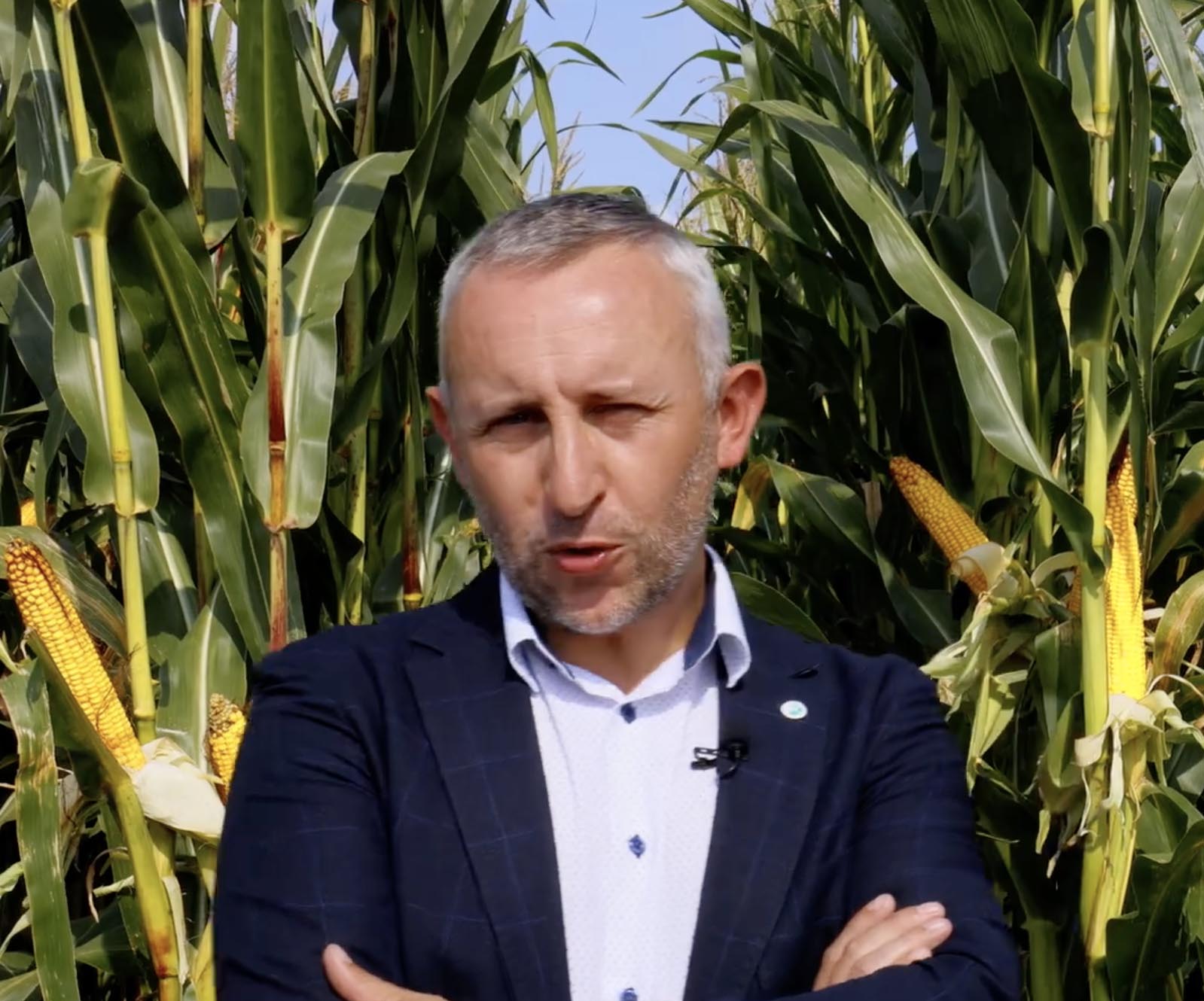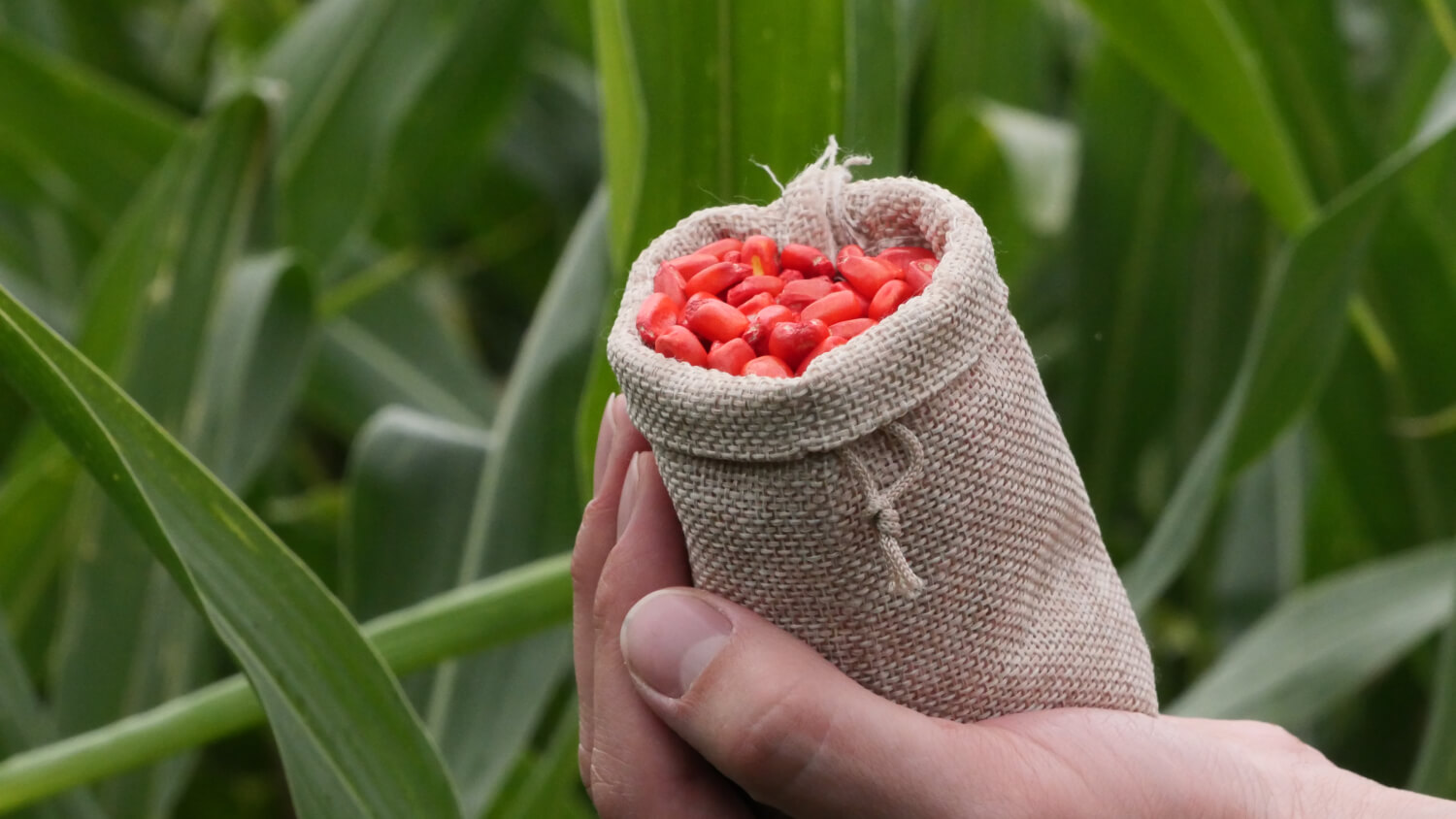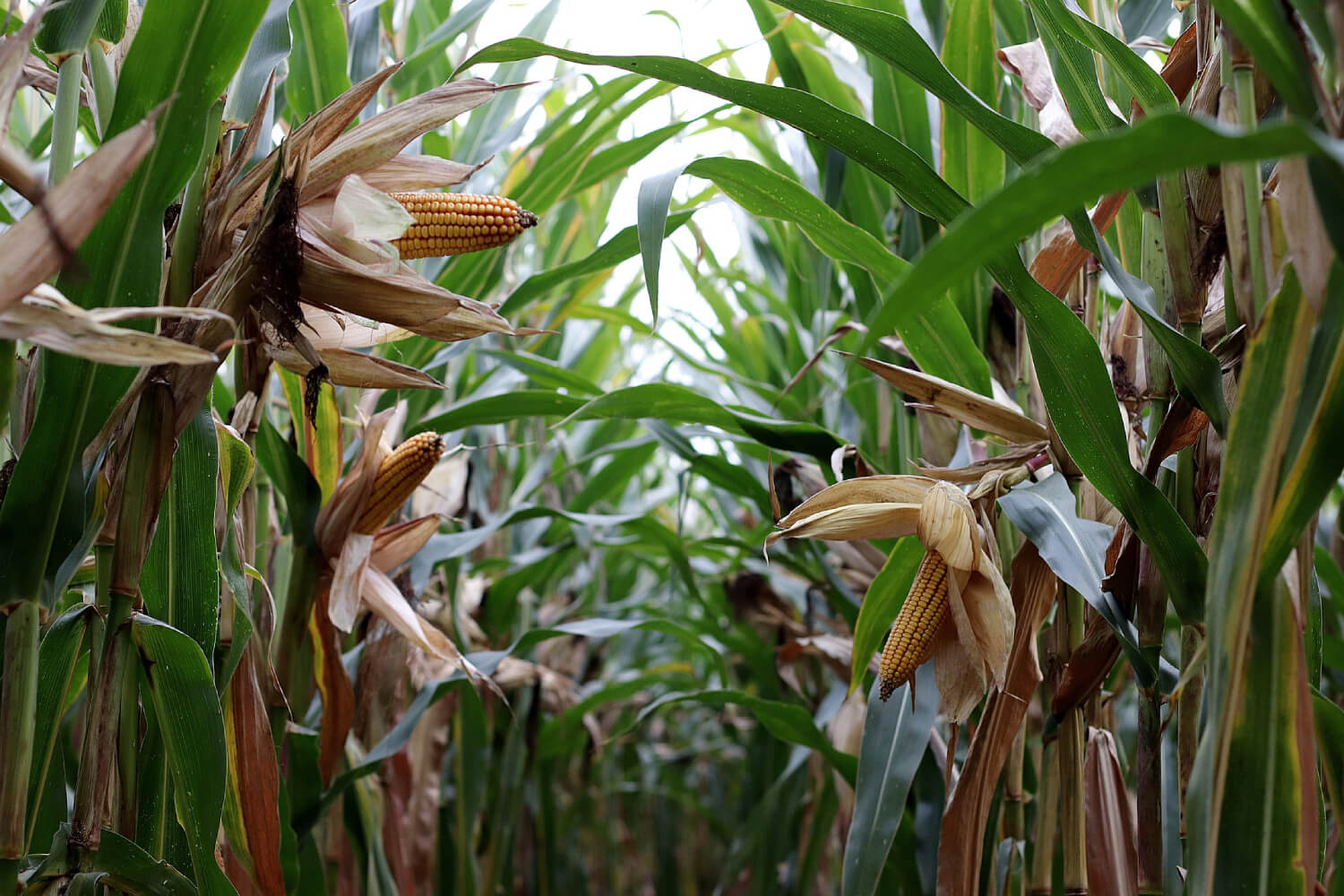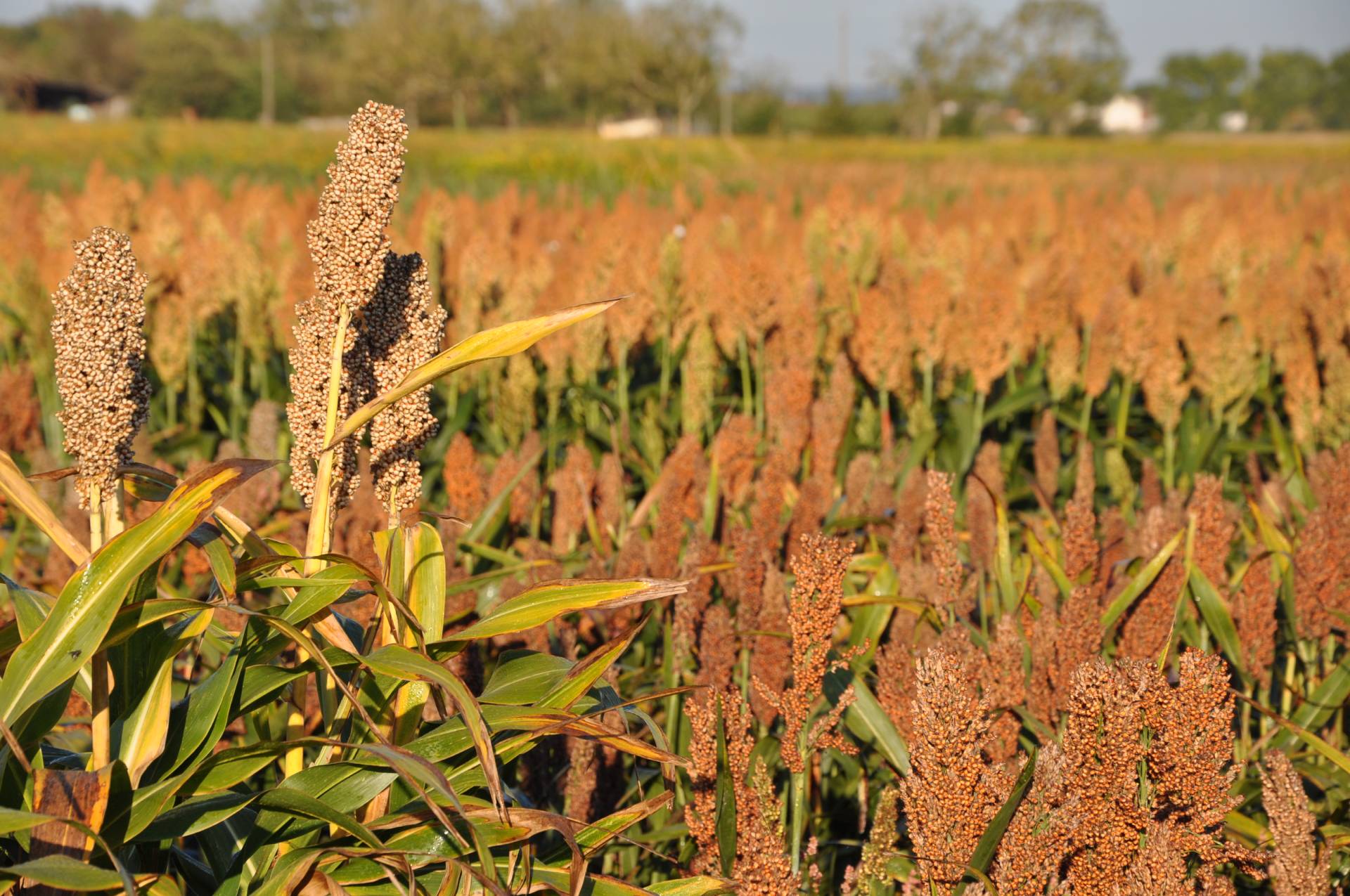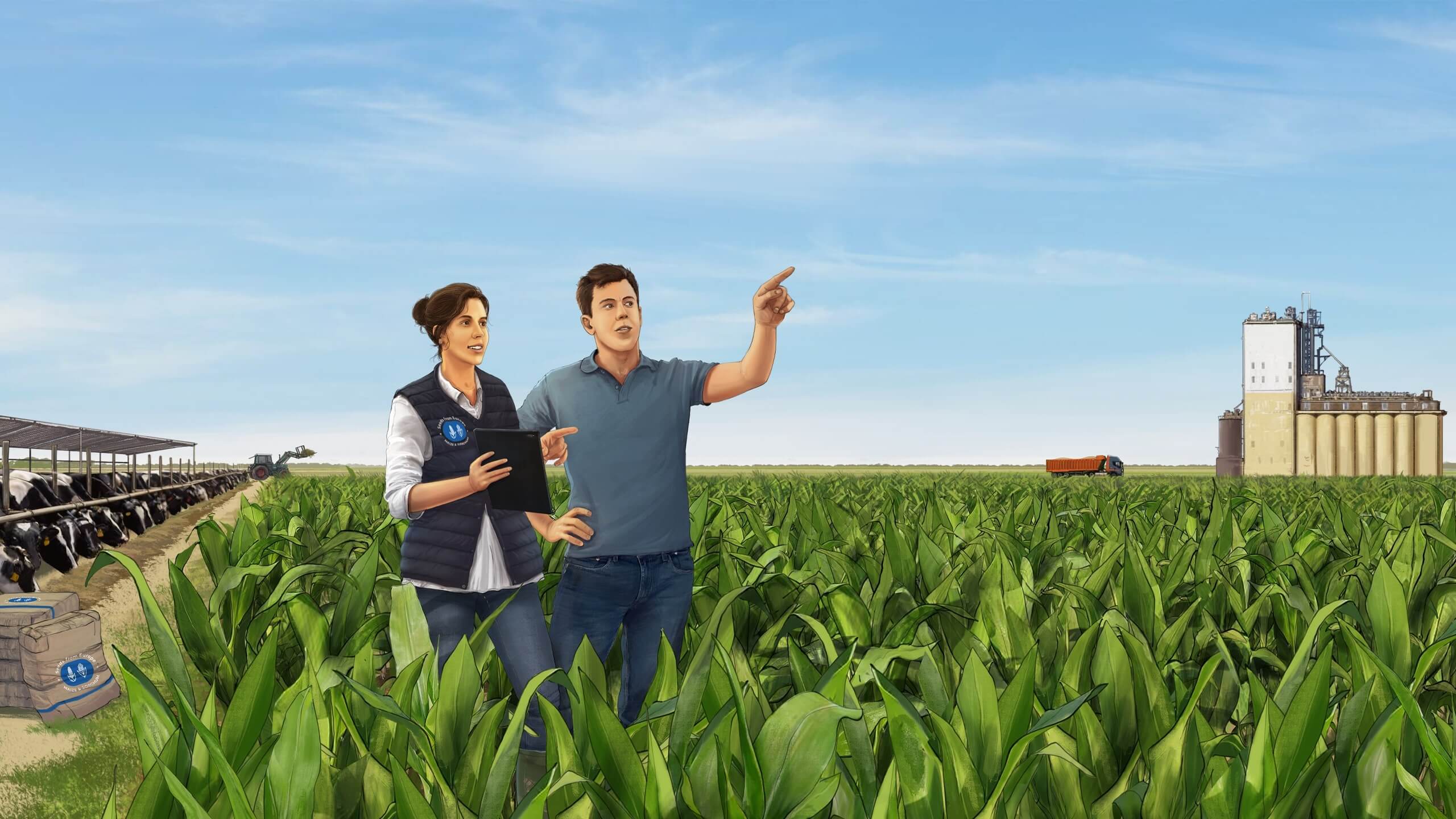
Seeds from Europe
Maize and sorghum, keys to build our future
Maize and sorghum
A comprehensive range of seeds suited to soil and climate conditions across Europe
Discover the testimonies of our professionals
Professionals from the maize and sorghum sector explain to you everything about their jobs, the use of European seeds and give you plenty of advice. Watch it now!
Maize, sorghum, or both?
Maize originated in Central America, while sorghum comes from sub-Saharan Africa. Both species belong to the Poaceae family (formerly known as Gramineae) and are among the world’s five most widely cultivated cereals, in first and fifth place respectively.
Genetic progress
Progress in genetic engineering has made it possible to adapt these essentially tropical species to the soil and climate conditions across most of Europe. As a result, maize is the second-most widely grown cereal in Europe, in terms of acreage. Sorghum is grown less widely but acreage is nevertheless increasing steadily owing to the excellence of European genetics.
Did you know ?
The qualities of these two crops make them excellent partners on farms. By taking advantage of this complementarity, farmers are able to make good use of all their land, while providing sufficient fodder for their animals.
Complementary crops on the farm
From a technical standpoint? Growing both of these crops on farms is actually very simple. The crop management techniques are relatively similar and the same type of equipment is required for the main operations. Farmers can select varieties that suit their objectives and constraints in order to smooth out the sowing and harvesting periods of the two crops. From a cost standpoint? The wide range of market opportunities created by these two crops ensure a secure income for farmers. The broad diversity of varieties available offer a wide range of uses for animals, humans or industry.
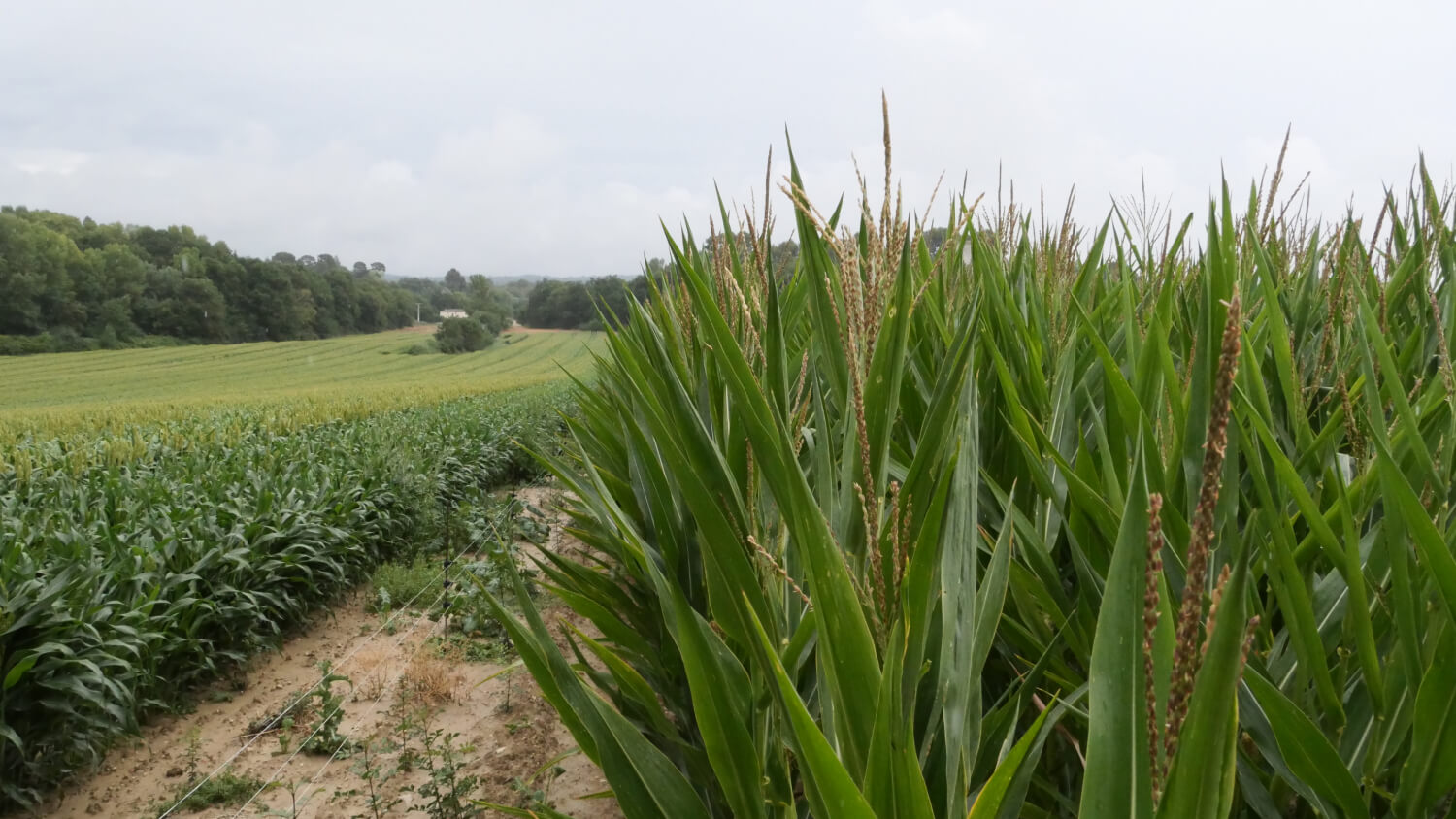
Allies against climate change
Maize and sorghum both belong to the C4 plant family. In hot, dry environments, they have a real competitive advantage over other species, since they lose less water through evapotranspiration. They also have a greater capacity to capture atmospheric CO2. This makes them more efficient in natural carbon sequestration. Furthermore, selectors are offering varieties able to tolerate drought, as well as early varieties that enable farmers to avoid potentially unfavourable periods of climatic stress at certain stages in the crop cycle. Pest resistance is also a strong point in European genetic excellence. Selectors are offering a wide range of varieties with a high level of productivity, suitable for all soil and climate conditions in Europe.
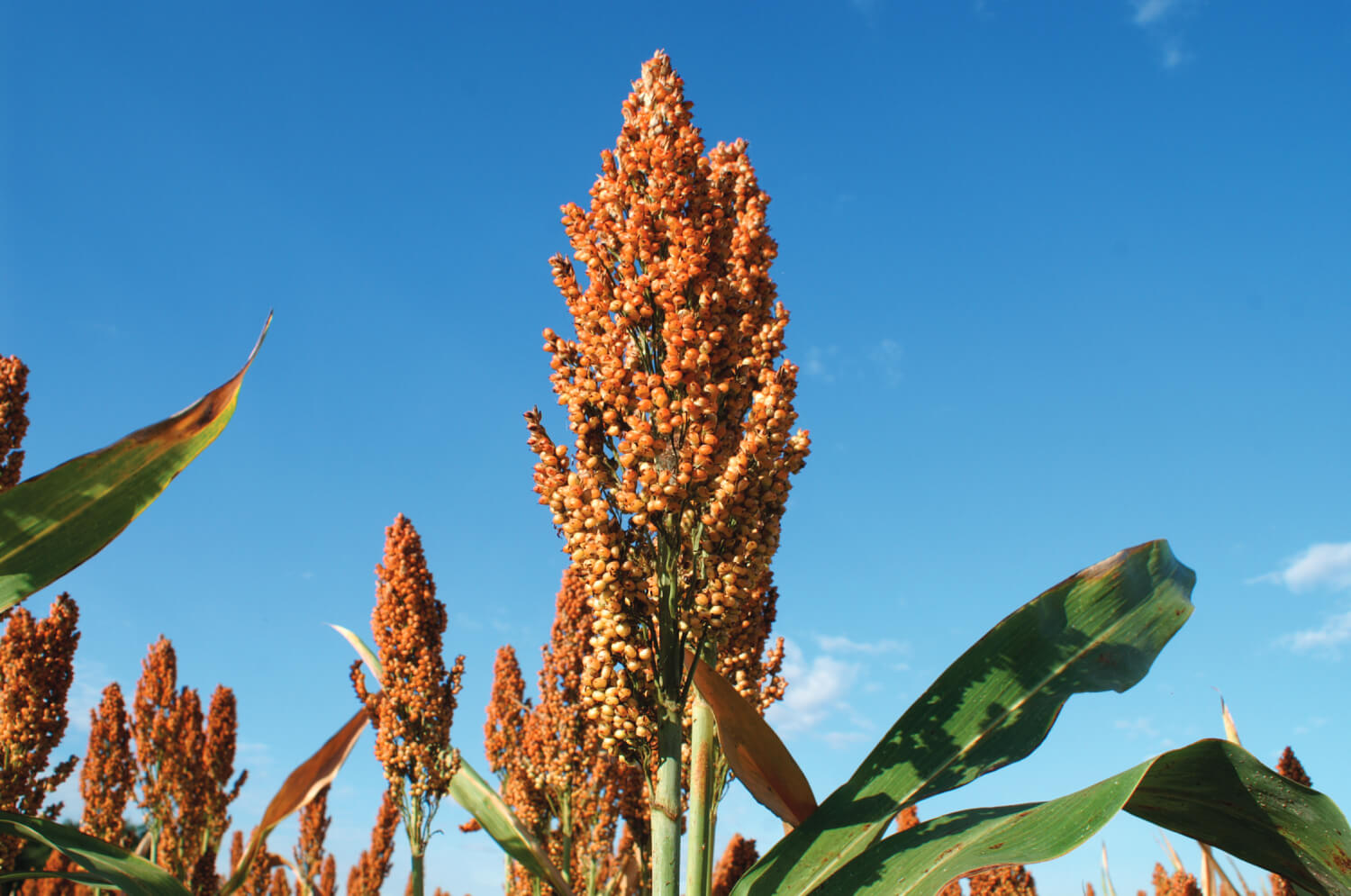
Plants that play an active role in the fight against climate change
Both plants have a C4 photosynthesis cycle, meaning that they absorb atmospheric CO2 far more effectively than other crops. Progress in varietal selection gives farmers access to advanced solutions in the fight against climate change (resistance to pests, drought, etc.). Maize and sorghum are available in a range of varieties. Delivering a high potential yield in all soil and climate conditions across Europe, they also offer an array of market opportunities.
The complementary qualities of maize and sorghum are a guarantee of success for the agro-ecological transition

